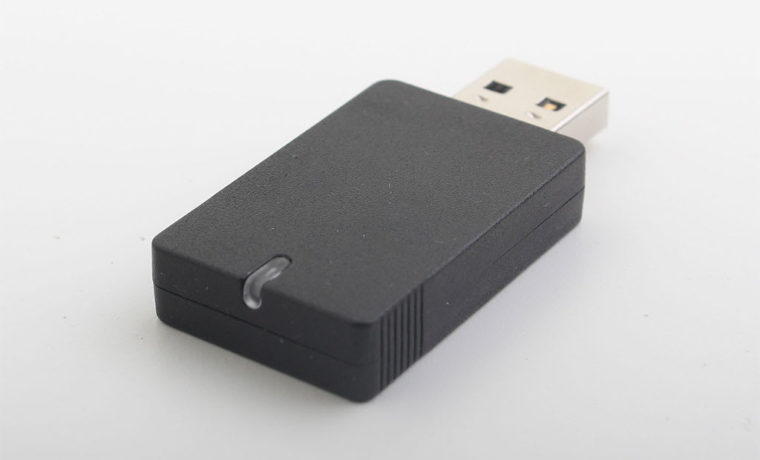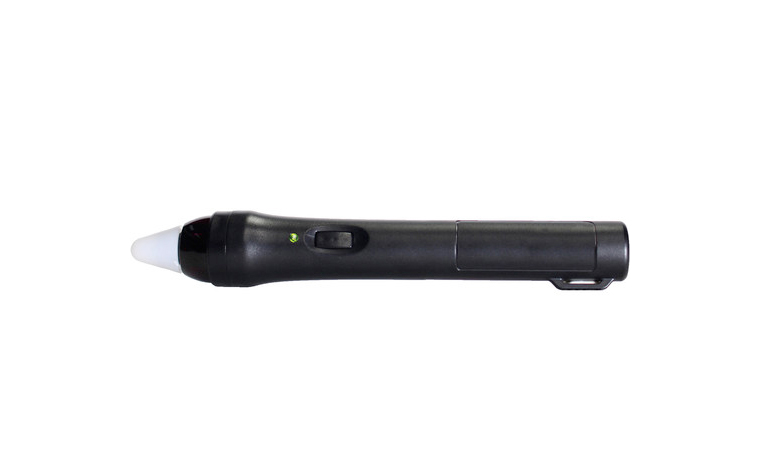The Maxell MP-TW4011 is first and foremost an interactive projector. These types of projectors are highly effective in school environments for engaging students of all learning styles – visual, auditory, and kinesthetic. Education is moving towards the “less talk, more doing” trend in their lessons, looking to provide students with less lecture and more activity. Interactivity is a great way to get students involved with the lecture so that they are actively learning rather than passively taking notes and perhaps not integrating the lesson material.
There are many ways to make a lesson interactive using the MP-TW4011. The first would be to take a regular, static presentation and use the interactive pens (or finger touch) to emphasize points, add notes, or draw figures to further demonstrate the lesson material. My husband had interactive software in his screenwriting classroom, and he used it to critique student scripts on the board, circling errors and making suggestions as they came up.
This would work for many different subjects – English, Math, and Science among them. As I am writing this, it came to me that these interactive projectors would also have their place in medical classrooms. When projecting an X-Ray, a professor could use the pen function to circle anomalies that they want to bring their students’ attention to. Similarly, engineering classes might also find the interactive functions useful. For these higher education applications, you can even create an extra large screen to annotate using multiple projectors, synchronized by a connected 3.4mm stereo audio cable.
Maxell has included interactive pens and finger touch on the MP-TW4011 – that means that the projector can detect and translate movement from a finger on the screen surface (usually a whiteboard or whiteboard-type screen). I’ll get deeper into the functionality of the interactive hardware on the Hardware Page of this review, but for now, know that you can have up to six pens or fingers, or any combination of either. Six people can be up at the board at one time.
In addition to writing or drawing on static presentations, the projector is compatible with interactive software – both the included Starboard Interactive Software, and third party applications. This allows teachers and presenters to create interactive lessons with various media contained within, and use the interactive features of the pens. The projector comes with built-in drawing functions that eliminate the need for a PC. Images and annotated lessons can also be saved so that teachers can go back and see what they previously taught, and to create detailed notes for students who were absent or have IEPs.
The Maxell MP-TW4011 has some sophisticated tools when it comes to interactivity. Freehand shapes can be automatically converted into geometric objects, and handwriting can turn into text. That is excellent for those teachers and students whose handwriting is perhaps a little sub-par. The interactive pens can be used to operate a compass, ruler, protractor, stopwatch, and other tools that will help with student learning. The projector also has a Multi Functions timer, which can be used to monitor presentation time between student presenters, or be used as an exam timer.
This projector supports Windows 8.1-10, and with Windows Multi Touch, you can operate your PC from the interactive screen. It is also compatible with Mac and Chromebook. There are some minor limitations, however. With Macs, you cannot use multiple screens for the interactive activity (annotation and mouse control), you can only have one screen. For most, this will be a non-issue. With a Windows PC, you can have two or more screens (limitation is up the PC output) to create one large image, write across or use the mouse across all screen images seamlessly.
Now, onto the interactive software itself!



